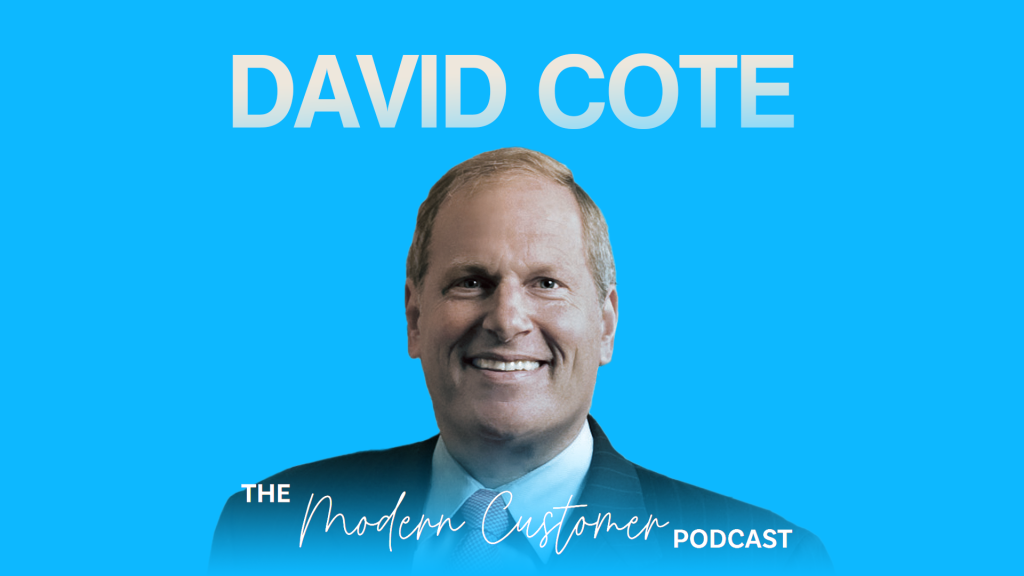As customer experience professionals, our goal is to listen to what customers want and make changes to improve our service and their experience. But as David Cote suggests, so many companies miss the mark because they think they have to choose between short- and long-term goals for their business rather than aiming for both. Under David Cote’s leadership, Honeywell’s market cap soared from $20 billion to $120 billion, a testament to his effective management strategies.
I sat down recently to speak with David about his experience as CEO of Honeywell and his recent book Winning Now, Winning Later. I wanted to know how his leadership experiences could be applied to the customer experience space.
As a CEO, David was well-known for being direct, frank, and highly involved in day-to-day operations. He says this is necessary to avoid missing crucial information that gets lost in layers of reporting. Even as a high-level executive, he always took a hands-on approach, especially to customer service. He recommends doing skip-level meetings sometimes to talk directly to people like call center staff to find out what the customers are really saying to them on a day-to-day basis. He even suggests that executives take the time to talk to a sample of real customers to find out directly from the horse’s mouth how service can be enhanced.
David sees customer service as one of the most important parts of improving a business. Winning new customers can improve profits in the short term while keeping a hold of existing ones will help secure the future of the business.
I asked him how he would aim to win now and win later if he were directly in charge of a customer service operation, and his answer was surprising.
David would break his strategy into four main steps:
- He’d choose to actually bypass his sales teams’ and consultants’ reports and directly contact a sample of customers to ask how well their needs are being met. This would help in identifying customer values that work as targets to improve.
- Next, he’d focus on creating a way to measure each of these targets. However, he warns that people can learn to manage metrics to show great numbers when there is no underlying performance improvement. So, each metric must be robust and measurable and also constantly audited and updated.
- His next step would be to process map each metric. This key point is where insight is needed to find new ways to improve efficiency and efficacy so that real, noticeable change is passed on to the customer. This involves lean thinking to find changes that would actually yield practical results.
- In his last step, David talked about iteration. He’d go back to a customer sample and ask for feedback about the changes that had been made.
By following this cyclical process, David feels that businesses can find ways to fill their customer’s needs better in both the short and long terms. This can help businesses avoid a fatal focus on short-termism and win both now and in the future.
_________________
Blake Morgan is a customer experience futurist and the bestselling author of The Customer of the Future. For regular updates on customer experience, sign up for her weekly newsletter here.

